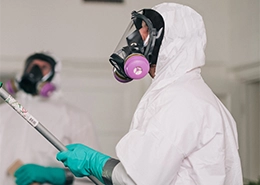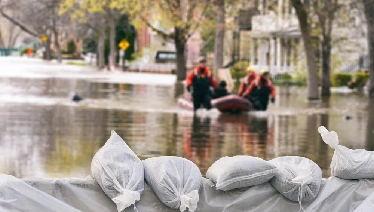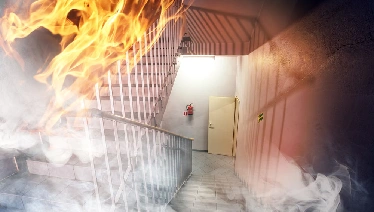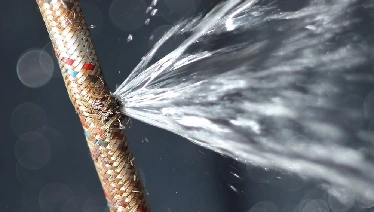Water damage can be a nightmare for property owners, causing extensive damage and financial stress. If you find yourself facing this unfortunate situation, it's crucial to act swiftly and effectively. By following these expert recommendations, you can take the necessary steps to minimize the impact of water damage and protect your property.
Step 1: Ensure your safety. Before entering the affected area, turn off all sources of electricity to avoid any potential hazards.
Step 2: Document the damage. Take photos or videos of the affected areas and make a detailed inventory of damaged items. This will be essential for insurance claims and your records.
Step 3: Stop the water source. If the cause of the water damage is a leaking pipe or appliance, shut off the water supply to prevent further damage. This will also give you time to assess the situation calmly.
Step 4: Extract standing water. Use pumps, wet/dry vacuums, or buckets to remove standing water. The faster you eliminate the excess water, the better your chance of salvaging your belongings.
Step 5: Dry out the affected areas. Open windows and doors to facilitate air circulation, use fans and dehumidifiers to speed up the drying process and remove any wet carpeting or furniture that may trap moisture.
Step 6: Clean and disinfect. Water damage can lead to mold and bacterial growth, so it's essential to thoroughly clean and disinfect all affected surfaces once they are dry. Use appropriate cleaning agents and protective gear.
Step 7: Inspect for structural damage. Assess the integrity of your property's structure, including walls, ceilings, and floors. If there are signs of severe damage or compromises to the structure, consult a professional contractor or structural engineer.
Step 8: Contact your insurance company. Notify your insurance provider of the water damage as soon as possible. They will guide you through the claims process and provide instructions on documenting the damage.
Step 9: Seek professional help. It is wise to consult with a professional water damage restoration company in cases of significant water damage. They have the expertise and equipment to dry out your property and minimize further damage effectively.
Step 10: Prevent future incidents. After addressing the current situation, take measures to prevent future water damage. Install water leak detectors, maintain your property's plumbing system regularly, and consider adding flood protection measures if you live in a high-risk area.
Water damage can be a stressful and challenging issue to handle. Following the expert recommendations outlined in this article and taking swift action can limit the impact and successfully restore your property. Remember, the key is to prioritize safety, document the damage, dry out affected areas, and seek professional assistance when necessary.






.webp)

.webp)


